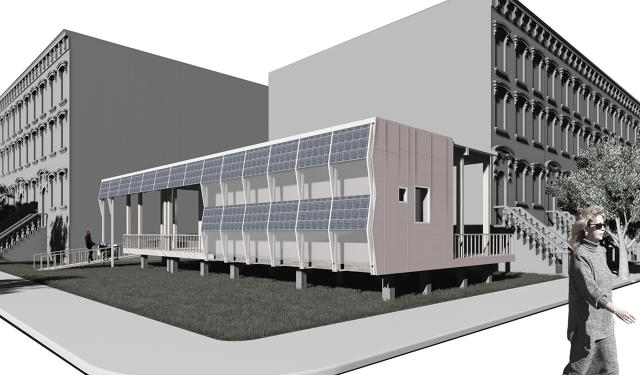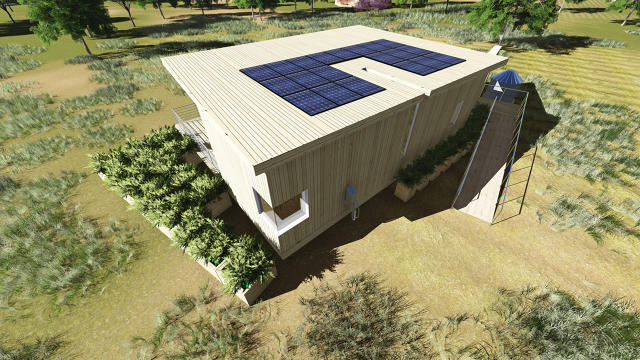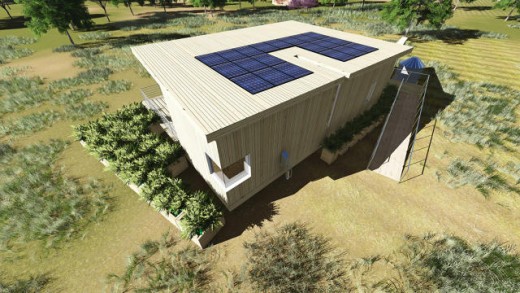Which this type of pupil-Designed sunlight properties will be the house Of the future?
From aquaponic gardens to wrap-round sunlight panels, lately’s school students are envisioning the way forward for sustainable building.
September 3, 2015
The sun Decathlon—the department of power’s biennial solar house constructing competitors—begins up once more this October, and it looks as if the homes on display will likely be as ingenious as ever.
All designed with the aid of college students and all vitality self-adequate, the houses supply a glimpse of what could change into mainstream in dwelling-constructing in the following couple of years.
Richard King, who launched the primary solar Decathlon back in 2002, says there were quite a lot of changes since the early days. the houses again then tended to be purposeful; they tended to incorporate solar panels as an afterthought to the design; they usually didn’t have the partiality technology we now have now, together with smart home regulate techniques and smart windows.

“Now it is all about the way you design beauty and architecture into these properties. Then, they were simply sticking solar panels up on roofs in any path that you can think about,” he says. In 2002, seven of the 14 solar water heaters installed failed to work properly.
King, who nonetheless directs the competition, says the various houses in the 2015 batch nod to California’s drought, even supposing water conservation is not an explicit part of the brief. “you’re going to see an emphasis on water conservation as a result of the competitors is in Southern California [in Irvine], where it is a treasured commodity virtually more than energy,” he says.
for example, the house designed by the university of Texas at Austin and Technical college of Munich reuses greywater and captures rainwater. It has its own beneath-deck device that purifies and outlets water for consuming or use in the garden, and it also accommodates an aquaponic machine for rising meals. The groups name it the “first water-independent home in Austin.”
This 12 months, the homes must additionally have the ability to cost up an electric car, so it may be pushed at the least 25 miles a day. the speculation is to encourage architects to take into consideration the right way to incorporate EVs, so sunlight techniques can handle the extra load and in order that they can start to think about ways EVs and properties would possibly have interaction. for instance, cars could turn into again-up energy sources all over blackouts or be set to cost up when the sun is at its peak.
The Decathlon is made of 10 tests covering everything from engineering to affordability. There are 14 groups (Yale just pulled out) and a $250,000 cap on the quantity the teams can spend (this used to be introduced four years ago after budgets began exploding).

at the present time, the sunlight panels are not necessarily on the roof. a few like the one from the university at Buffalo and The State college of latest York incorporate sunlight superstructures that wrap across the homes (this one too). Separation makes sustaining the panels more uncomplicated and permits extra shading, a key consideration in somewhere like Irvine.
The 2013 contest was gained by means of a staff from Austria, but the position of international groups has been minimized this time round. that is partly to avoid having to transport houses over long distances and partly for the reason that foreign groups were outshining the domestic ones for several years. This 12 months, they are able to still take part but most effective in collaboration with an American staff. “In years past, these foreign teams have come and beat the pants off the American groups and then they run again to their residence international locations,” King says. “i need technology switch. So we get them to work with an American workforce and build it right here and now not ship it.”
That sounds rather unfair to our foreign chums (it can be not their fault they retain winning), however the contest should be beautiful fascinating anyway.
(102)














